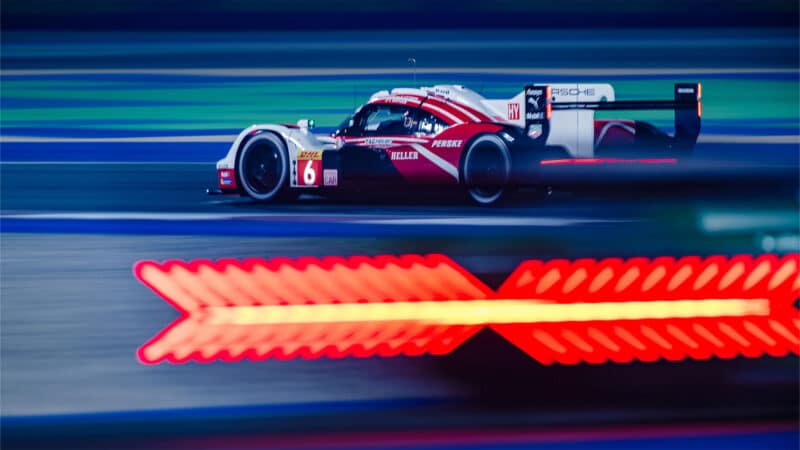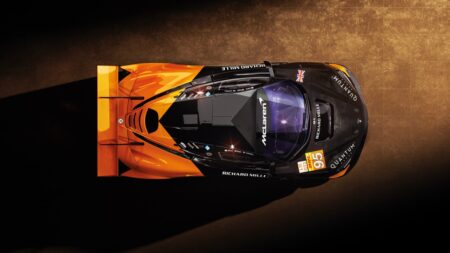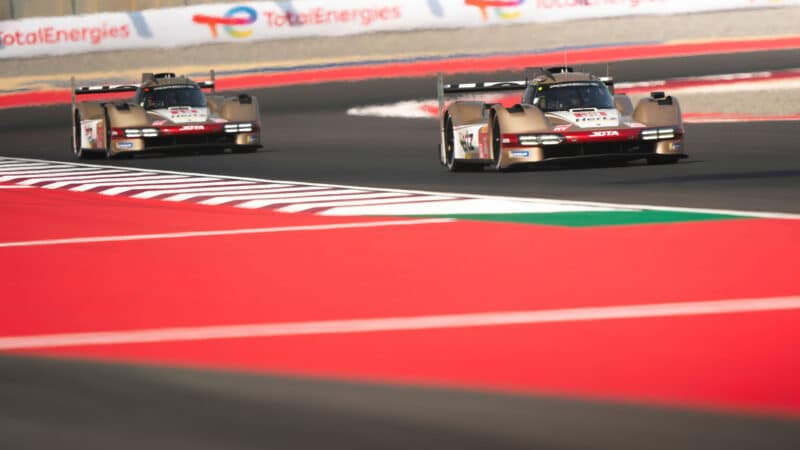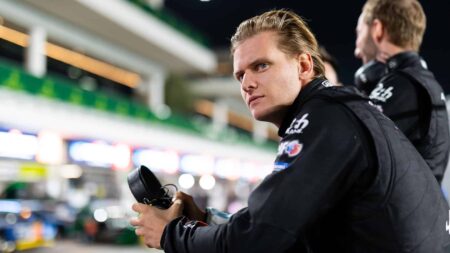Meanwhile Ferrari and Toyota are WEC’s heavyweights in every sense, heaving round 1075kg and 1089kg respectively — a difference that ranges between 2.5% and 6%.
Sports car racing’s top championship is running at Lusail circuit for the first time, one which features a large number of fast corners that put a huge amount of energy through tyres, meaning increased wear for the Michelin rubber. The heavier your car, the more it runs through the compounds.
WEC’s BoP is the opaque and slightly mysterious technical system which, via stipulated weight and power output adjustments, is supposed to eliminate any advantage gained or lost by choosing a particular power unit and chassis philosophy. It often causes controversy. The changes for this season were published two weeks ago until “further notice.”
“It’s the problem of this race,” said Coletta to Motor Sport on matters of weight. “In fact, if you saw the times after the Prologue or the end of the two practice sessions concession, all the lighter cars than LMH – BMW, Cadillac, Porsche – are very, very fast.
“We have more or less 45 to 50 kilos difference. Firstly, speaking for me it’s ridiculous because all my staff don’t understand this difference of weight – we can’t imagine why this choice on the ballast [has been made].
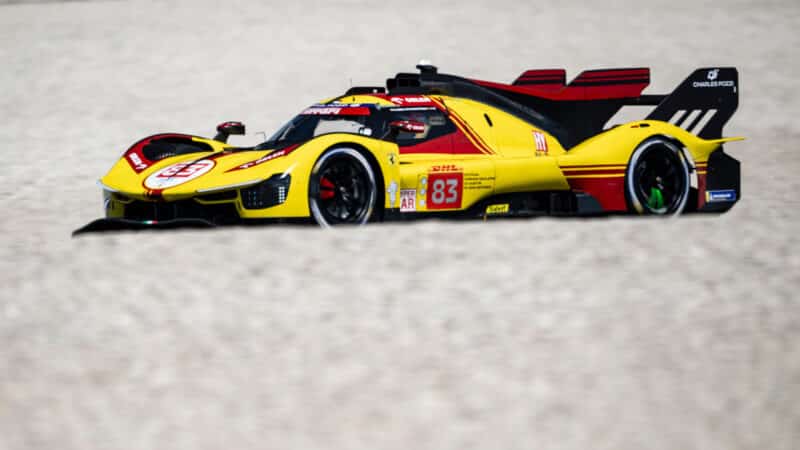
Will Ferrari end up all at sea in first 2024 WEC race?
Ferrari
“It is very stupid that we are putting weight on the car. And in the other way, we have drivers that make more and more sacrifices to lose one kilo, two kilos. I believe this is dangerous.”
The almost 20-deep Hypercar field means the competition is now that much tougher for Ferrari and Toyota, which dominated proceedings last year. Coletta admits this only adds to the heavy headache.
“I believe that this weekend will be very complicated,” he says. “The track is probably better for MotoGP – we have only one line, otherwise it’s dirty [off-line].

